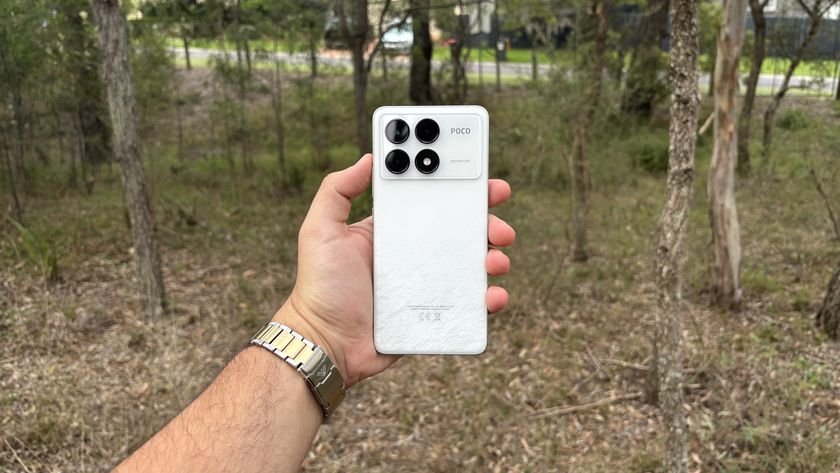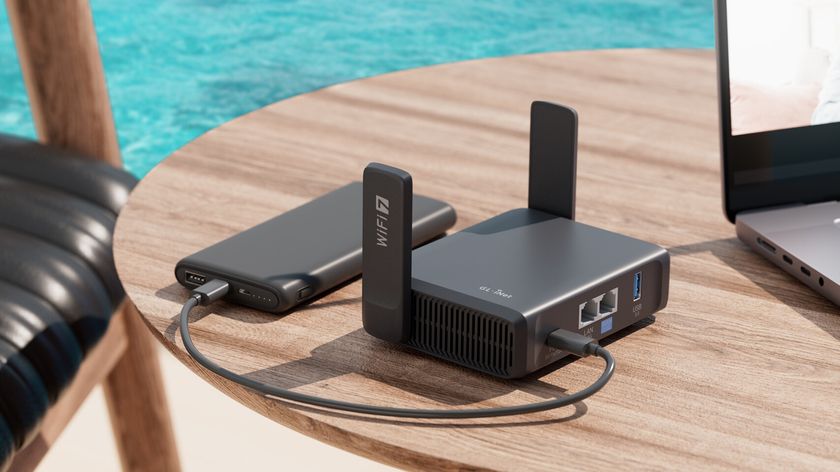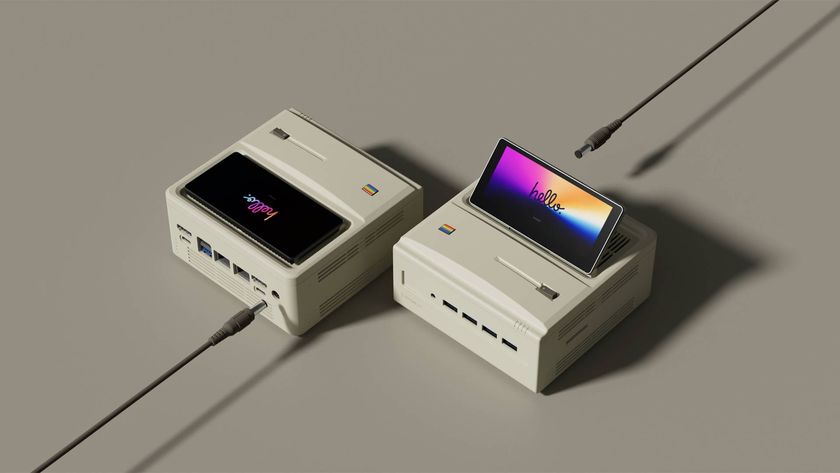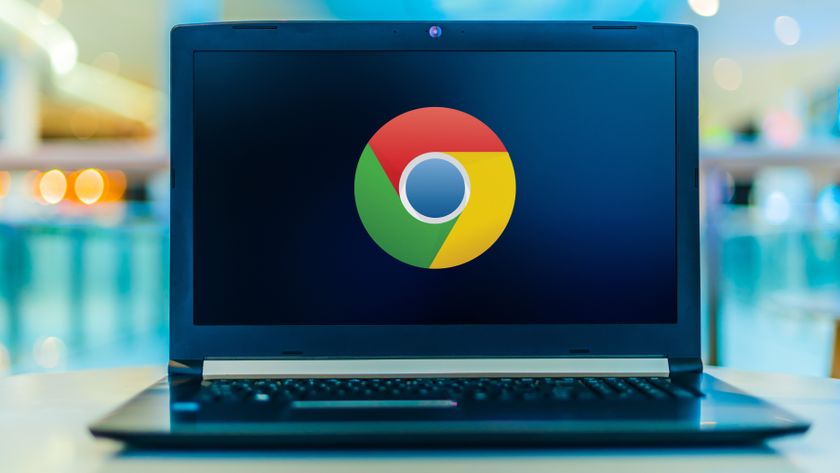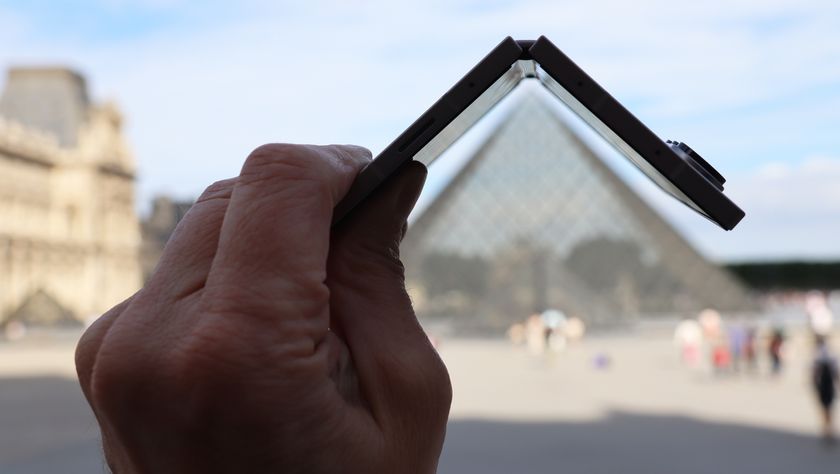Xiaomi just patented a phone with a very weird way to avoid a notch
The same camera on the front and back
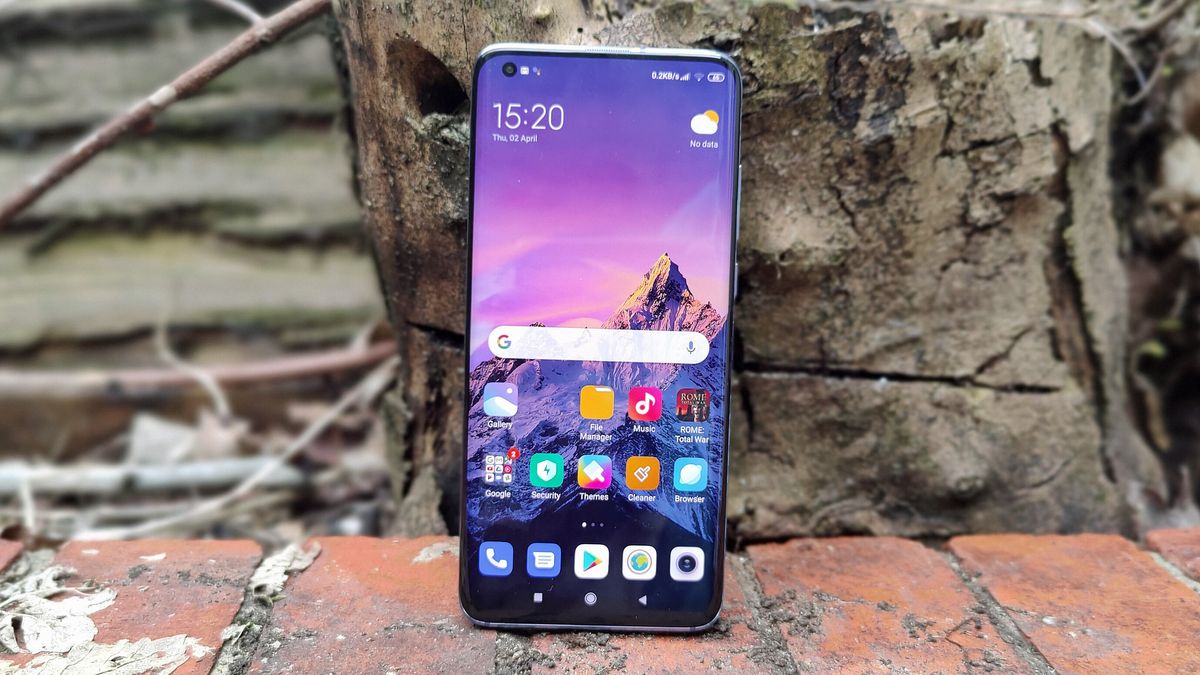
Smartphone manufacturers have spent the last few years coming up with new ways to get rid of the notch, but Xiaomi just patented potentially the most over-the-top solution yet; a display that splits in two and twists backward.
This weird smartphone design was spotted by Tiger Mobiles from a patent filed with the Chinese National Intellectual Property Administration (CNIPA). It was filed directly by Xiaomi, and it may be used for a future product.
The sketches show a tall phone with no notch, and when you need a selfie camera the top portion of the phone, including the display, horizontally twists backwards in a way that the primary array of cameras now face the user.
- These are the very best Xiaomi phones
- Our Xiaomi Mi Note 10 review
- What we know about the Samsung Galaxy Note 20
This means that the same set of cameras can be used for the front and the back. The contents on the display, along with the interface, are expected to adjust to the new screen size when you've flipped the camera.
When the cameras are flipped to face you to shoot selfies, the top section of the display could act as a secondary display on the back.

We've seen manufacturers employ a similar strategy with products like the Samsung Galaxy A80 and the Asus Zenfone 6. The solution worked well on both devices, but Xiaomi's patent takes it one step further by including a flippable screen as well as the camera.
It's worth noting that moving parts on phones aren't always the wisest option as they can hinder long-term usability of some devices.
Get daily insight, inspiration and deals in your inbox
Sign up for breaking news, reviews, opinion, top tech deals, and more.
How the display splits may also be an issue for some. If this was included on a phone today, it wouldn't allow for the section to be smooth and there would most likely be a crease of some sort running through the display.
It may be Xiaomi has found a way to avoid these issues though. Plus there's no gurantee we'll see this on a future Xiaomi smartphone as often manufacturers patent new tech like this but it won't ever be included on a released product.
Via 91Mobiles
Aakash is the engine that keeps TechRadar India running, using his experience and ideas to help consumers get to the right products via reviews, buying guides and explainers. Apart from phones, computers and cameras, he is obsessed with electric vehicles.


